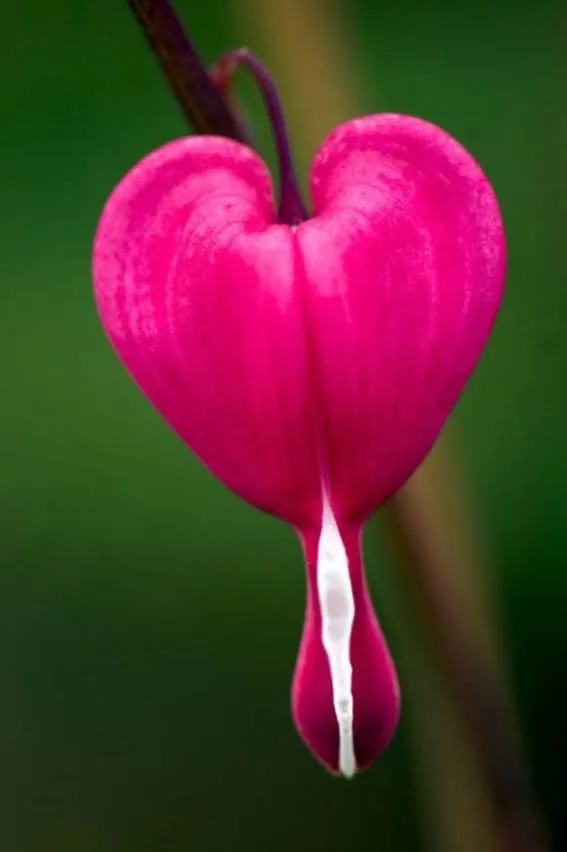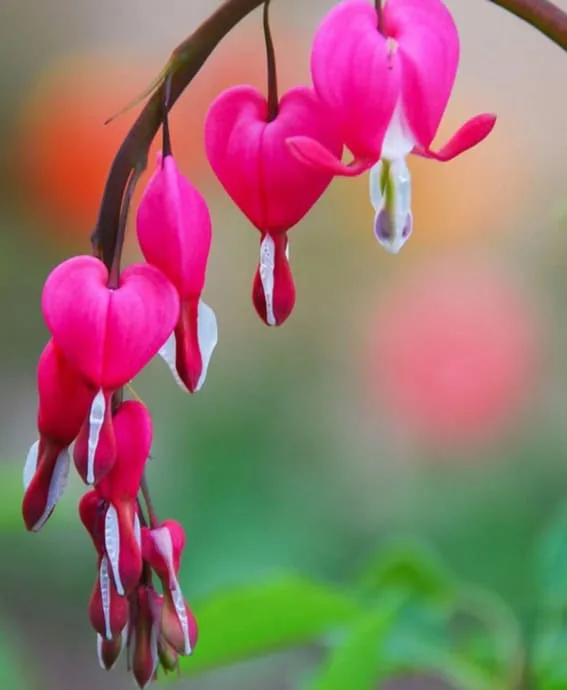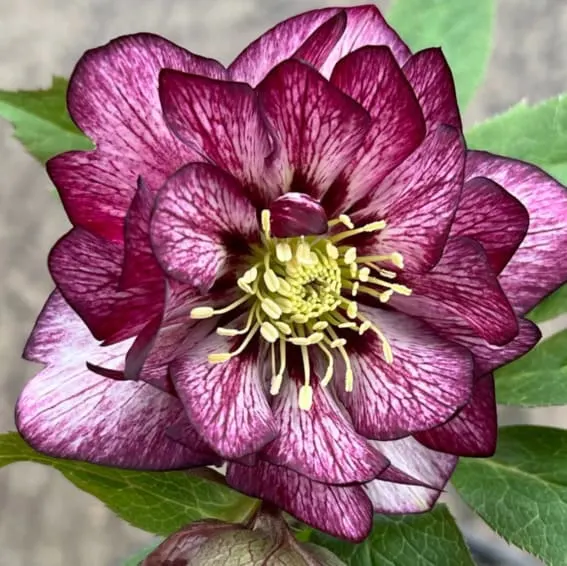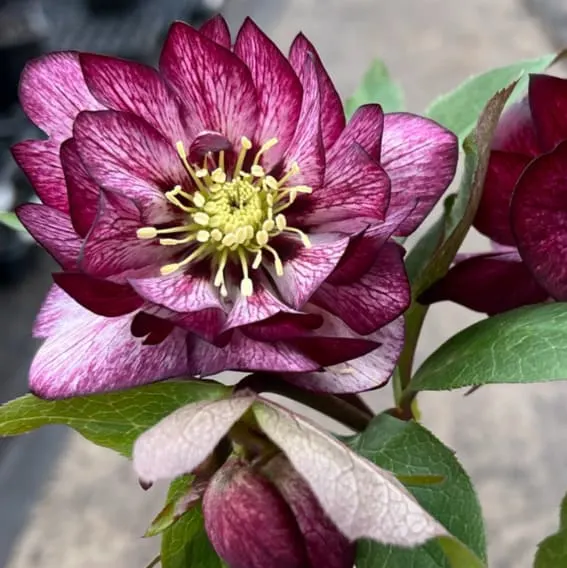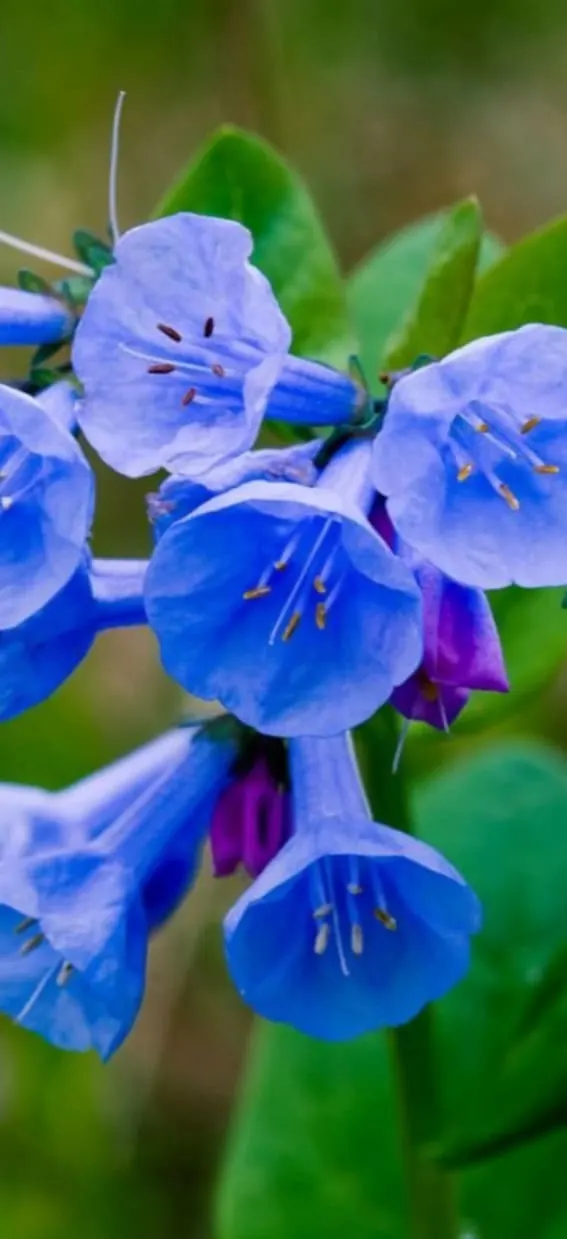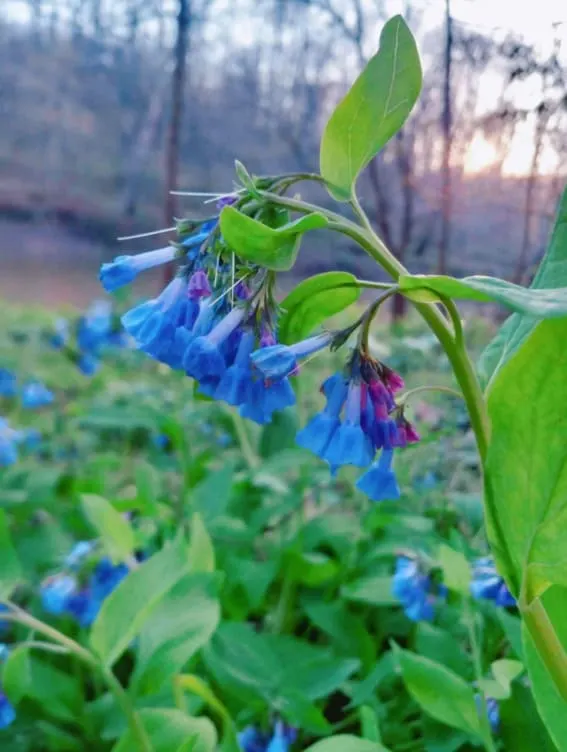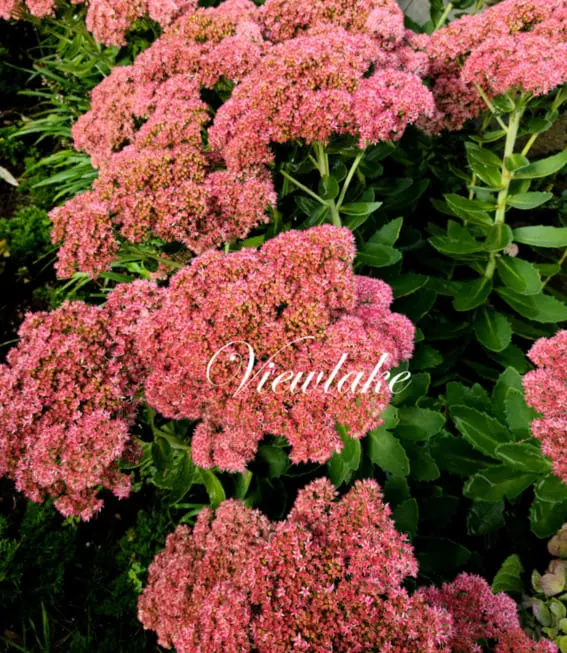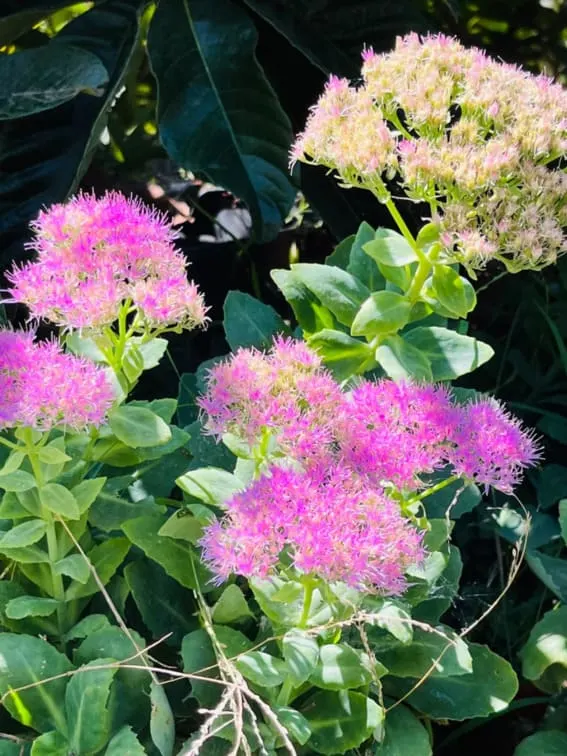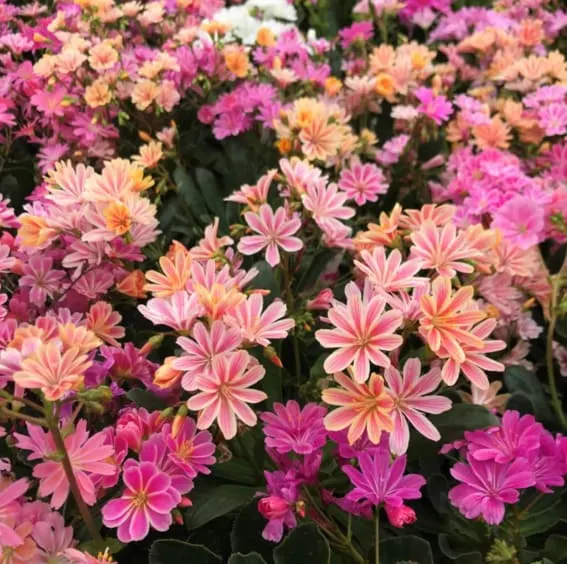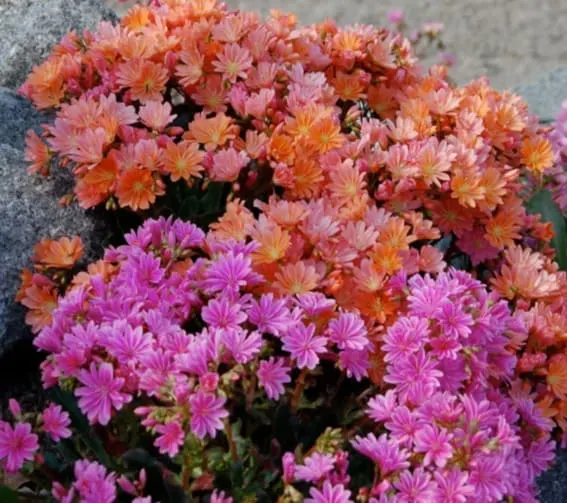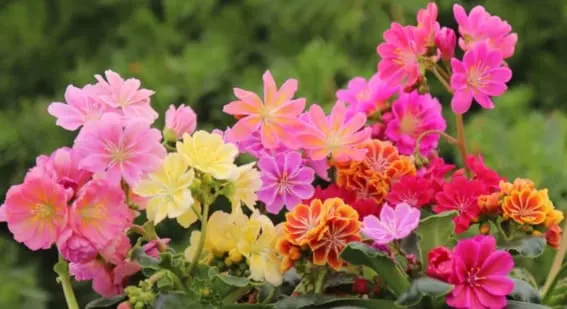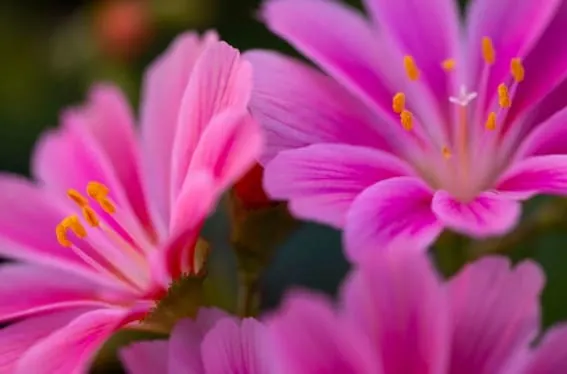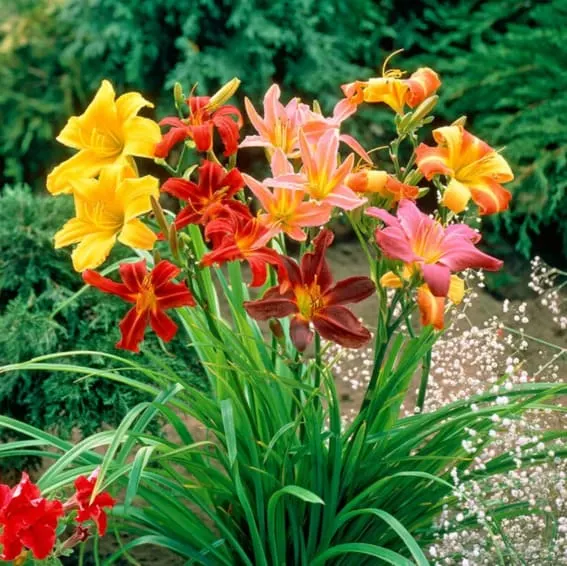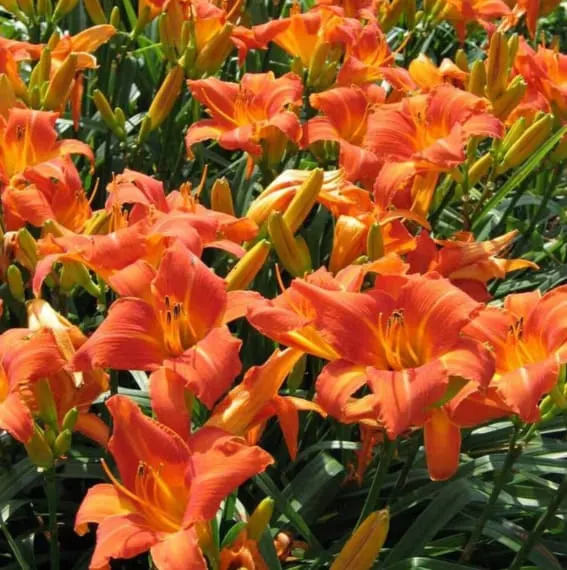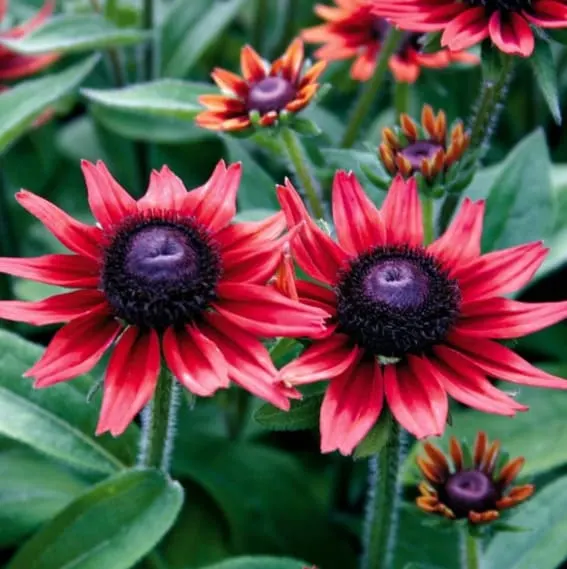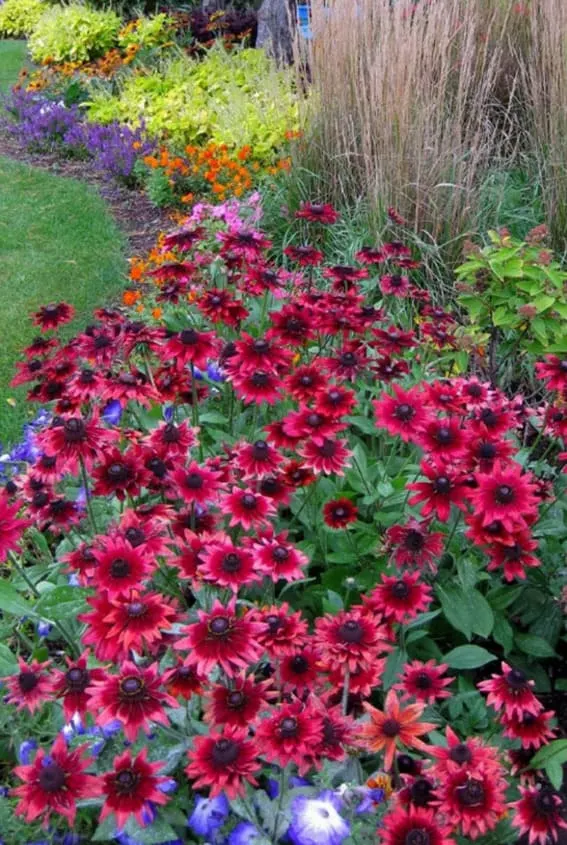Embrace the vibrant hues of spring by planting these best spring flowers to create a lively and colorful garden retreat.
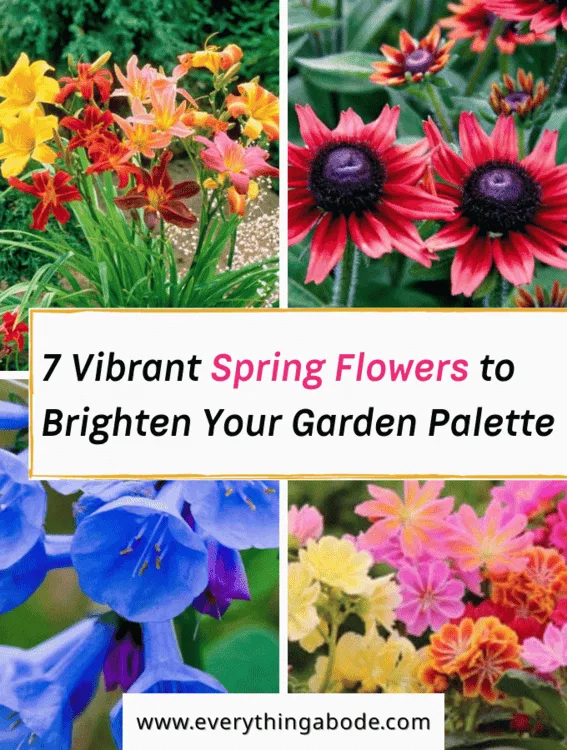
Spring flowers possess the unique capacity to transform any yard into a dazzling tapestry of colors and textures, delighting the senses and eyes.
From peaceful retreats to bright explosions of vibrant flowers, spring flowers offer something for any gardener to taste, whether in calming or lively gardens.
When spring begins its renewal phase, winter melts away, and spring blooms emerge. These are the first signs of warmer days.
They provide beauty, optimism, and renewal to gardens everywhere, creating beautiful landscapes that please the eyes and the soul!
So, let’s take a look at these gorgeous flowers that are sure to brighten up even the dullest of gardens out there!
But first…
Let’s review some basic things you should know before picking the plant you like from our list!

What are some effective techniques for creating contrast and visual interest in a spring garden?
Mix colors and textures by pairing dark leaves with light blossoms to create an arresting display that adds visual contrast and enhances visual interest in your garden.
Pay special attention to height and spread when selecting plants to maximize visual impact while creating a dynamic, layered appearance.
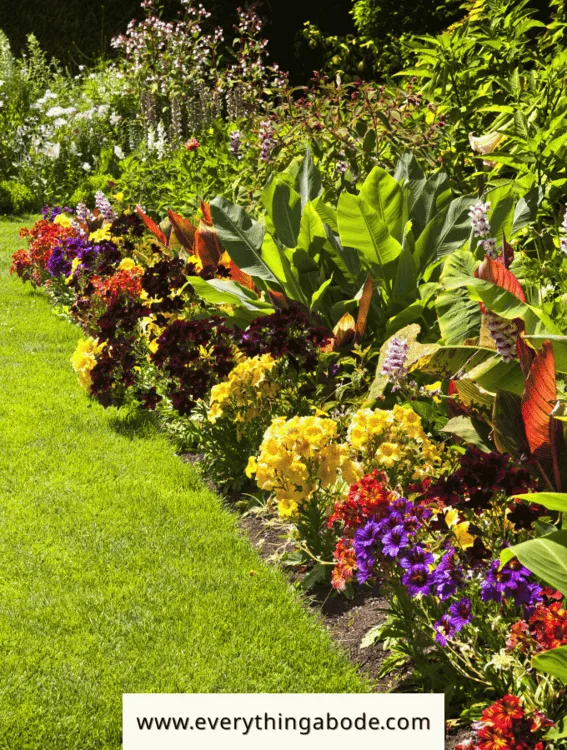
Are these spring flowers likely to attract wildlife into my garden?
The abundance of spring flowers is great for attracting wildlife into your garden.
Plant nectar-rich plants to attract butterflies, bees, and other pollinators.
If you include diverse species in your garden You will also help the local ecosystem while attracting insects and birds to add energy and beauty to your area!

How can I preserve my spring flowers throughout their entire blooming cycle?
For optimal spring flower blooms, ensure they receive regular maintenance such as watering, deadheading, and pest monitoring.
When dry periods arise, water regularly to keep the soil consistently moist, deadhead spent blooms to encourage new growth, and monitor pests and diseases in vulnerable areas.
Organic mulch may help curb weed growth while keeping the soil damp to lower maintenance efforts overall.
SEE ALSO: Tall Garden Phlox: A Beautiful And Easy-To-Care-For Perennial Plant
7 Best Spring Flowers to Plant for Extra Bright Colors!

Now take a peek at the BEST spring flowers that’ll bring your garden loads of color throughout the summer!!
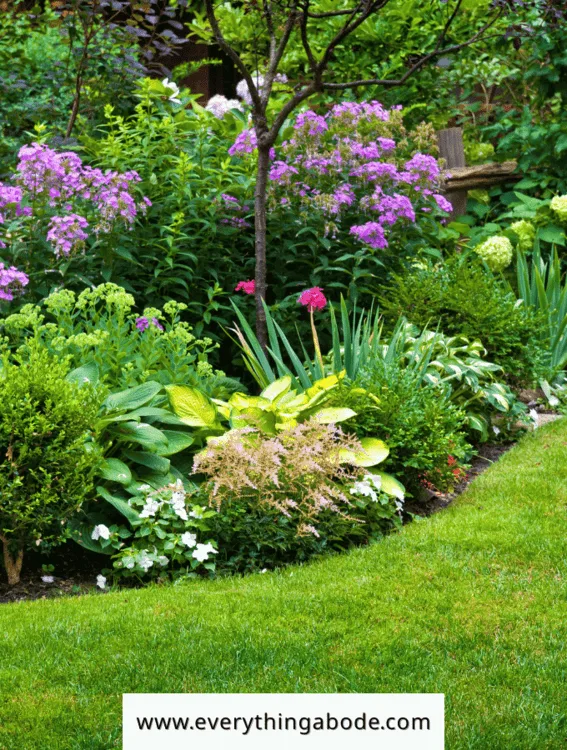
We chose the brightest colors for you!!
1. Bleeding Heart (Lamprocapnos spectabilis)
Sun Exposure: Thrives in partial shade but can tolerate full sun
Soil Type: Prefers moist, rich soil
Soil pH: Slightly acidic, around 6.0–6.5
Bleeding Heart perennials are perennial spring favorites. They boast delicate strings of heart-shaped blooms in shades of pink and white that dangle gracefully against finely serrated leaves.
To promote robust growth, increase soil nutrients with compost while surrounding its base with organic mulch such as bark or hay to retain moisture and gradually enrich soil nutrients.
As summer progresses and its leaves become yellow, prune back plants for an easier comeback in spring.
2. Hellebore (Helleborus)
Sun Exposure: Best in partial shade but can adapt to full sun
Soil Type: Needs rich, well-draining soil
Soil pH: Slightly acidic, between 5.5 and 6.5
Hellebores, commonly referred to as Lenten roses, are prized flowers known for their vibrant and abundant hues.
Hellebore stands out among its peers as an early bloomer in late winter with nodding blooms ranging in colors such as pink, red, purple, green, yellow and white against lush, low-growing foliage. It stands out for being an early bloomer during these colder seasons.
Organic compost should be added when planting for optimal growth; once established, it becomes highly drought-tolerant, only needing occasional watering during extended dry spells.
SEE ALSO: 15 Stunning Pink House Plants For Your Home
3. Virginia Bluebell (Mertensia virginica)
Sun Exposure: Prefers dappled sunlight but thrives in full shade
Soil Type: Loves moist, nutrient-rich soil
Soil pH: Neutral to slightly alkaline, between 6.8 and 7.2
Virginia Bluebells are an attractive addition to any garden, particularly those in shaded spots.
Flowers with vivid, bell-shaped blooms attract butterflies to their vibrant blooms, drawing in pollinators insects.
Add compost one week before sowing Virginia bluebell rhizomes or transplants in early spring; for optimal results, watering regularly during this period will ensure their success.
Seeds should be planted two months before the last frost date in spring for optimal germination – perfect for cooler climates!
4. Stonecrop (Hylotelephium spectabile)
Sun Exposure: Thrives from partial shade to full sun
Soil Type: Best in sandy to gravelly soils with low fertility
Soil pH: Tolerant of acid, neutral, or alkaline conditions
Stonecrop (commonly referred to as sedum or ice plant) is an adaptable succulent that adds life and diversity to areas where other plants might falter.
Small pink flowers blooming from late summer into early fall, including bees and butterflies, provide essential pollinator support.
This drought-tolerant plant thrives in harsh, infertile areas and fully embraces its challenging nature.
Plant stonecrop in spring to create a resilient and low-maintenance display that thrives under different environmental conditions.
5. Rainbow Mix (Succulent Live Starter Plants)
Sun Exposure: Prefers light shade but can tolerate full sun
Soil Type: Requires well-drained, rocky soil
Soil pH: Typically acidic to neutral
Native to the subalpine regions of California, Lewisia thrives in rocky environments, making it an ideal choice for well-drained rock gardens.
This evergreen perennial originates from a rosette of fleshy foliage and boasts spectacular funnel-shaped flowers on 10” stems.
The ‘Rainbow Mix’ variant features a dazzling array of flower colors including purple, pink, yellow, orange, and white, with some blooms presenting as semi-doubles.
For best results, water regularly but sparingly to encourage a prolonged season of successive blooms.
Ideally suited for rock gardens or as a striking potted plant, Lewisia brings vibrant life wherever it grows.
6. Daylily (Hemerocallis)
Sun Exposure: Thrives in partial to full sun
Soil Type: Adapts to moist, well-draining soils from sandy to clay
Soil pH: Tolerant of a wide range, from 6.0 to 8.0
Daylilies are beautiful flowers that thrive in many environments, ranging from carefully manicured gardens to roadside ditches.
To optimize growth, enrich the soil with compost before planting in spring. Cover with organic mulch to conserve moisture and suppress weeds.
If you opt for darker-colored varieties, a location with some afternoon shade is ideal to preserve their rich hues.
Daylilies are not only adaptable and easy to grow but also bring a burst of joy and color wherever they are planted.
7. Cherry Black Eyed Susans (Rudbeckia)
Sun Exposure: Prefers full sun
Soil Type: Tolerates poor soils
Zones: Hardy in zones 3-7
Cherry Black Eyed Susans boast beautiful flowers about 3-4 inches across that bloom throughout summer in less-than-ideal soil conditions, making them a versatile addition to any garden.
For an especially vibrant display, pair Cherry Black Eyed Susans with yellow-blooming Rudbeckia for a lively contrast in color and design that brings life and color into any outdoor space.
Enjoy long bloom seasons from these hardy perennials that provide beauty as well as resilience!
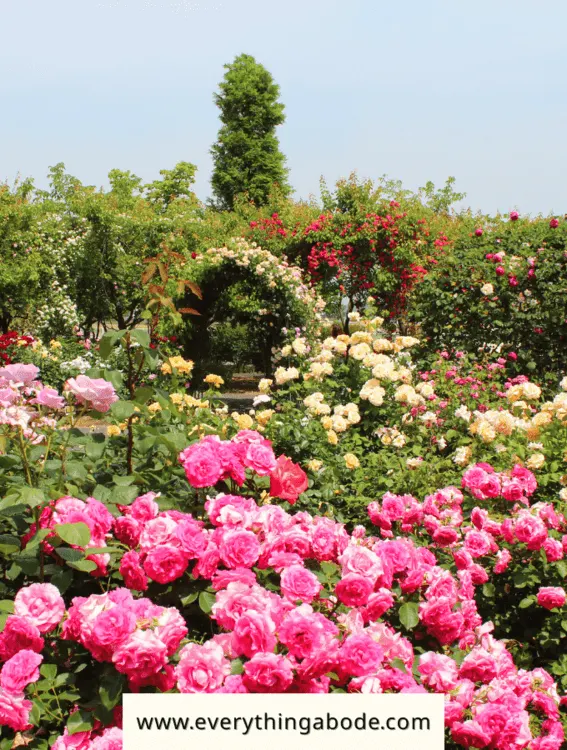
What steps can I take to ensure the condition of my spring flowers is optimal?
To ensure spring flowers bloom successfully, it’s essential that soil preparation, sunlight exposure, and regular watering are optimal.
For instance, bleeding Heartworms prefer fertile, rich, moist soil that’s partly shaded; stonecrops thrive in low-fertility, sandy soil with total sunlight exposure.
Tailoring care according to each plant’s requirements, such as adding compost for more nutrient-rich soil or mulching to retain moisture, will ensure its success and continued development within your garden.
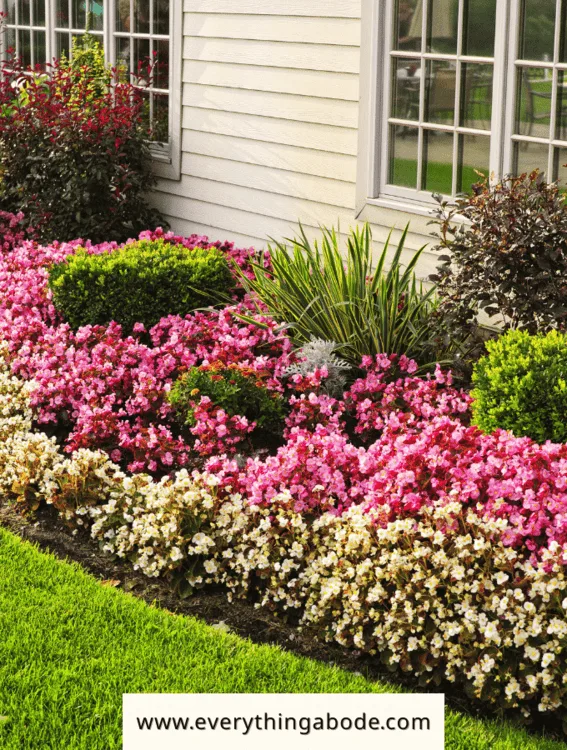
When is the ideal time and method to bloom during spring?
The ideal timing and method for planting various species of flowers varies with their species.
Perennials like Hellebores and Daylilies should be planted when their soil becomes workable in early spring.
At the same time, Virginia Bluebell seeds should be scattered either late autumn or early spring to allow enough time to develop before blooming begins.
Paying close attention to each plant’s specific requirements will ensure success and vibrant flowers.
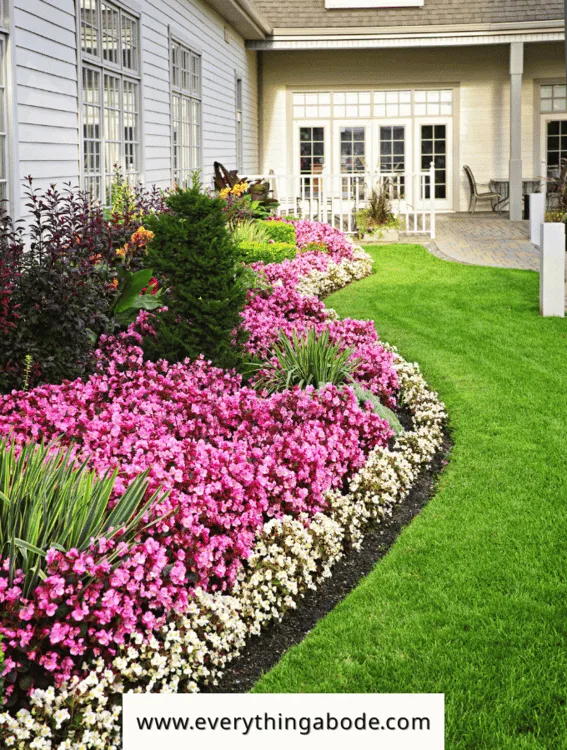
Think about using spring flowers to increase your garden’s beauty and charm and enhance your outdoor spaces.
You can totally transform your garden into something that is not only a delight to your senses but also nourishes the soul when you gaze upon it!
UP NEXT: 6 EASY Garden Vegetables To Grow, Even If You’re A Beginner
Author: Everything Abode
Welcome to Everything Abode, your daily inspiration for every activity at home!
Our goal is to inspire you to live an elegant and chic lifestyle from the comfort of your home.
We’ll help you express yourself through authentic style, aesthetic beauty, and stylish home decor.
Subscribe to Get the Tools That Make My Blog Successful!

When you join my newsletter, I'm going to send you insider advice and tools that I use to grow my blog! I only save the BEST for my email list so don't wait!

